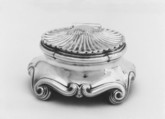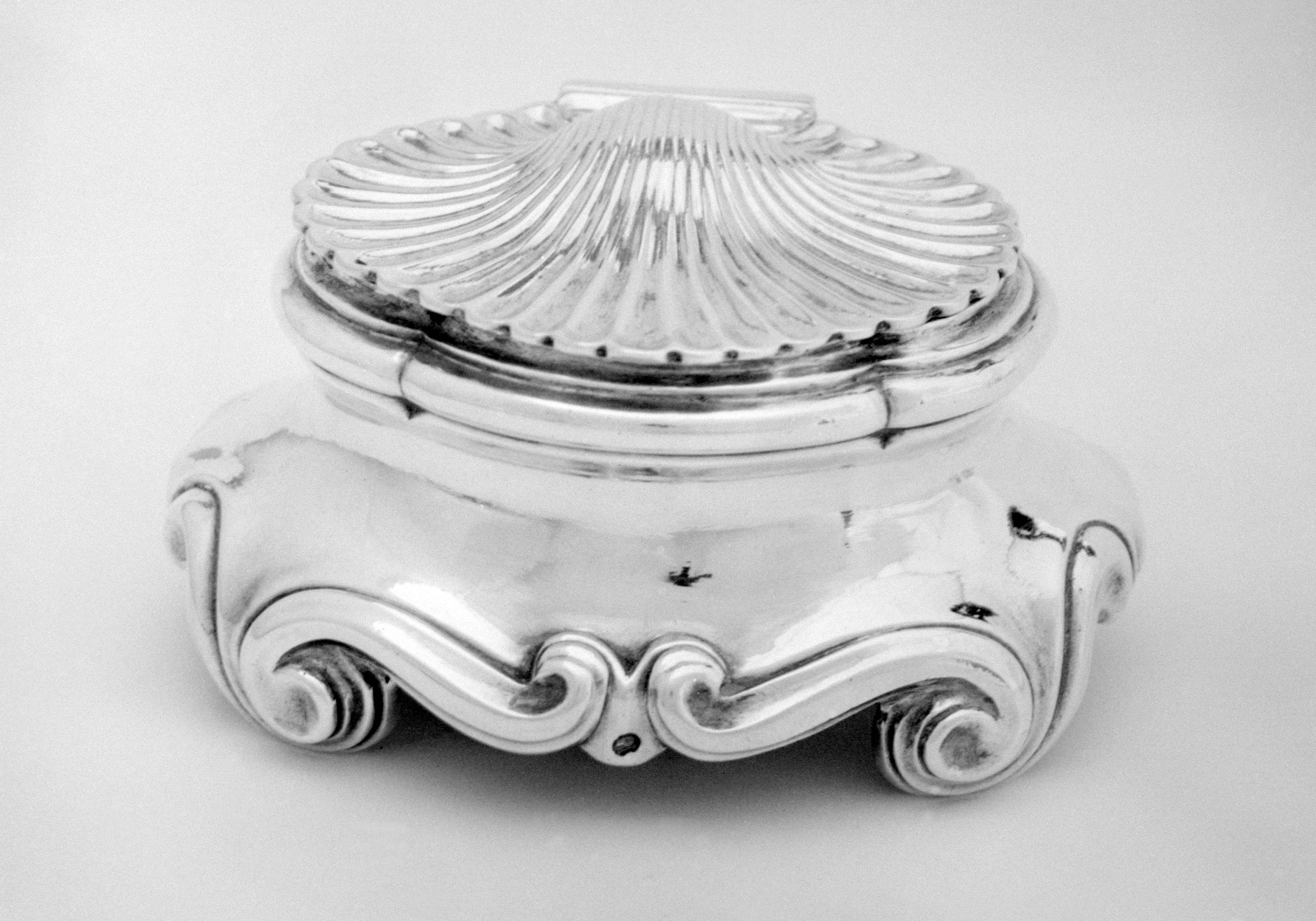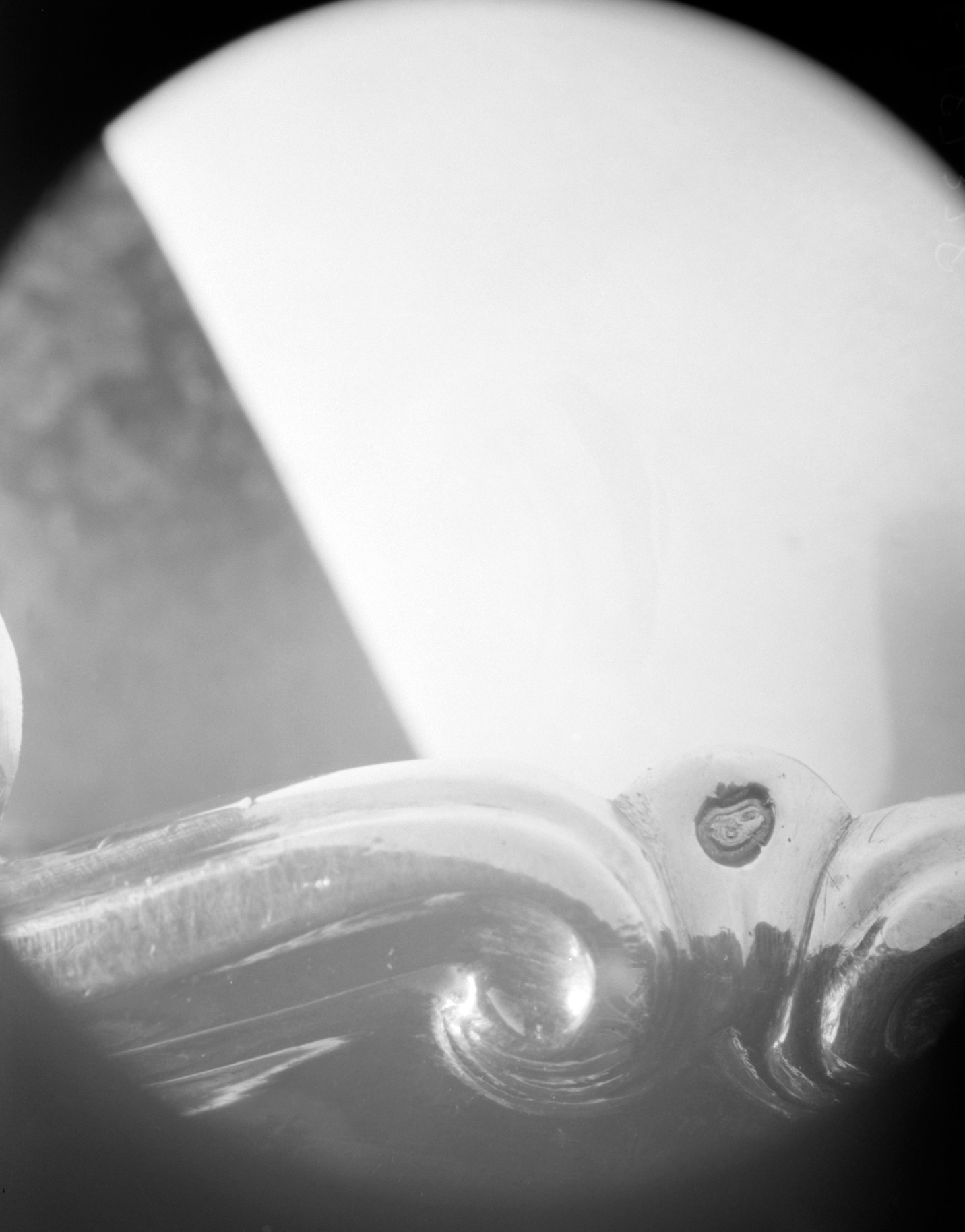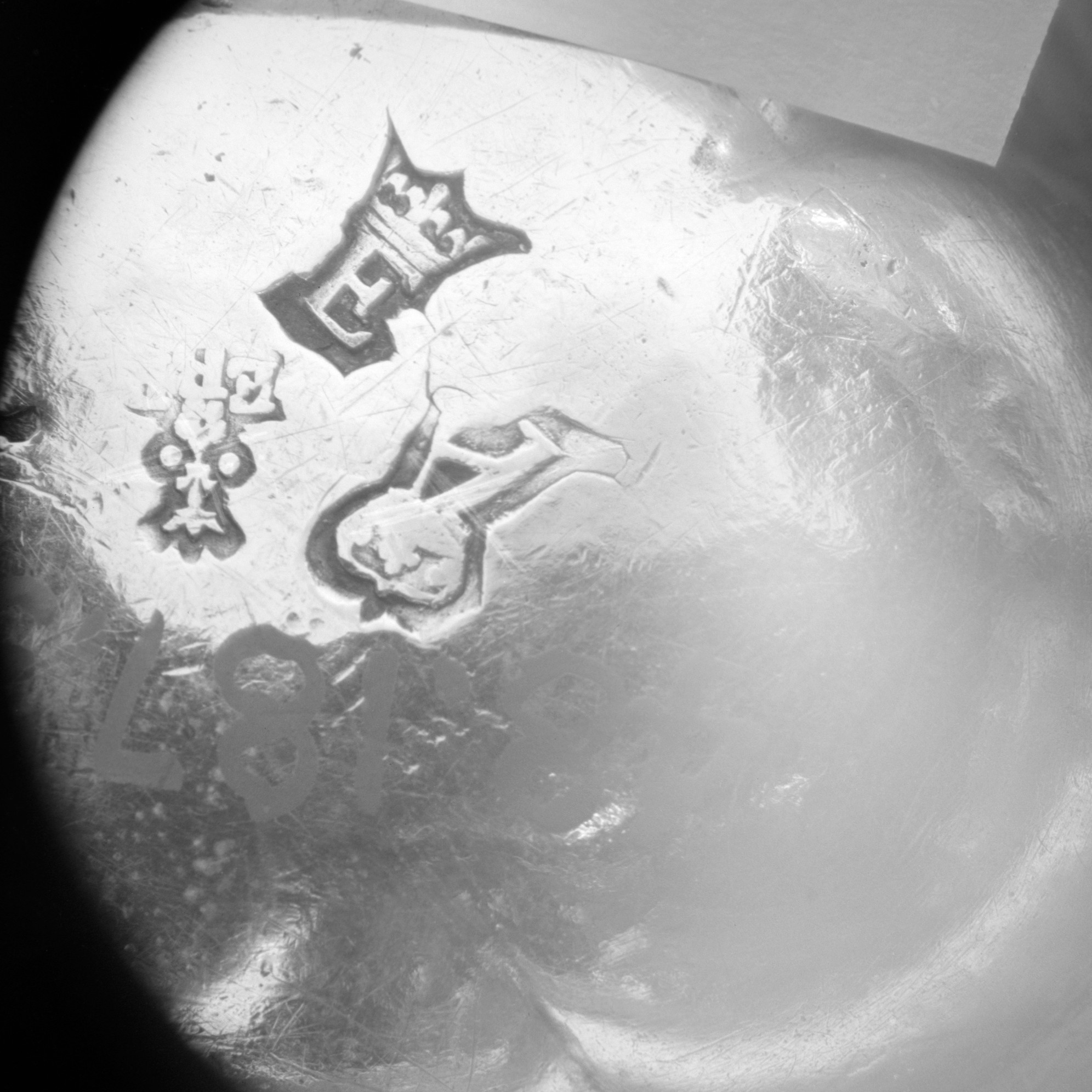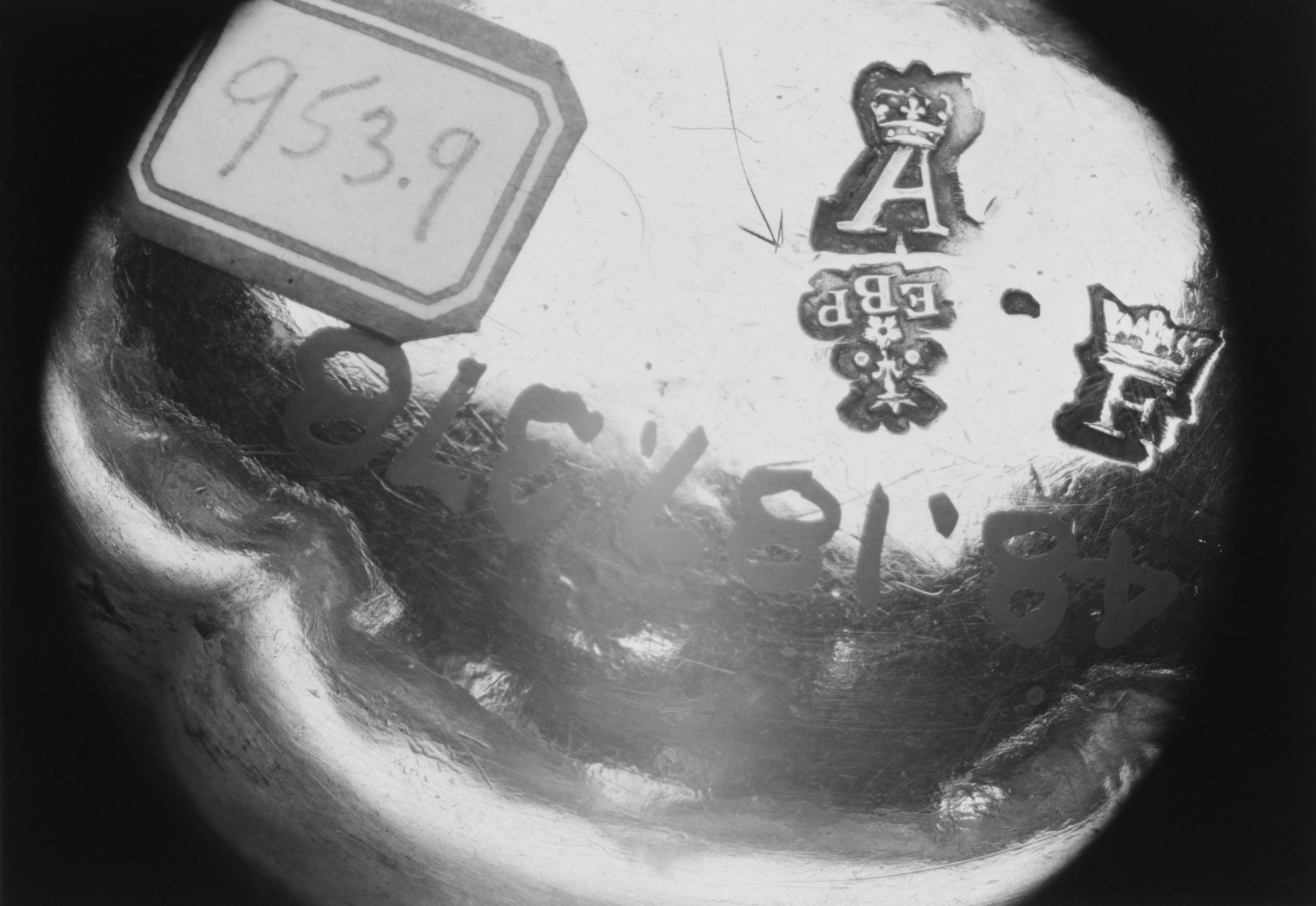Pair of pepper boxes
Not on view
By the late 17th century, salt, which had been contained in extraordinarily ornate receptacles during the medieval and renaissance periods, had lost its prior ceremonial significance.Changes in custom and dining practices led to spice and condiments being used at a diner’s discretion. New forms developed during the eighteenth century. Much smaller in size, salt or pepper boxes were generally made in sets so that each diner could have one within easy reach.
Examples of salt or pepper boxes of this model were made in Paris as early as the 1740s and continue to be produced in the provinces until the 1770s. Although the shell-shaped lids may allude to the marine origins of salt, it is not known exactly which spices these boxes held.
Daughter of one of the founders of the Weyerhaeuser Timber Company, Catherine D. Wentworth (1865–1948) was an art student and painter who lived in France for thirty years. She became one of the most important American collectors of eighteenth-century French silver and on her death in 1948 bequeathed part of her significant collection of silver, gold boxes, French furniture, and textiles to the Metropolitan Museum. The collection is particularly strong in domestic silver as illustrated by these salt and pepper boxes.
Due to rights restrictions, this image cannot be enlarged, viewed at full screen, or downloaded.
This artwork is meant to be viewed from right to left. Scroll left to view more.
